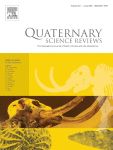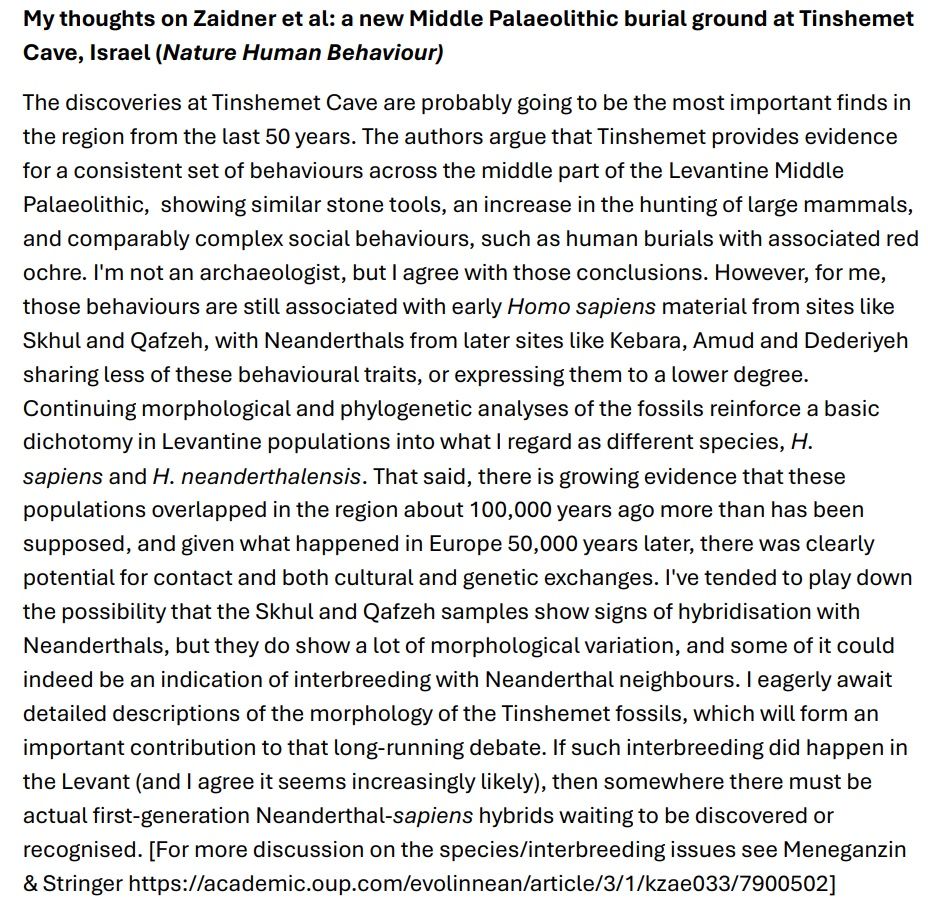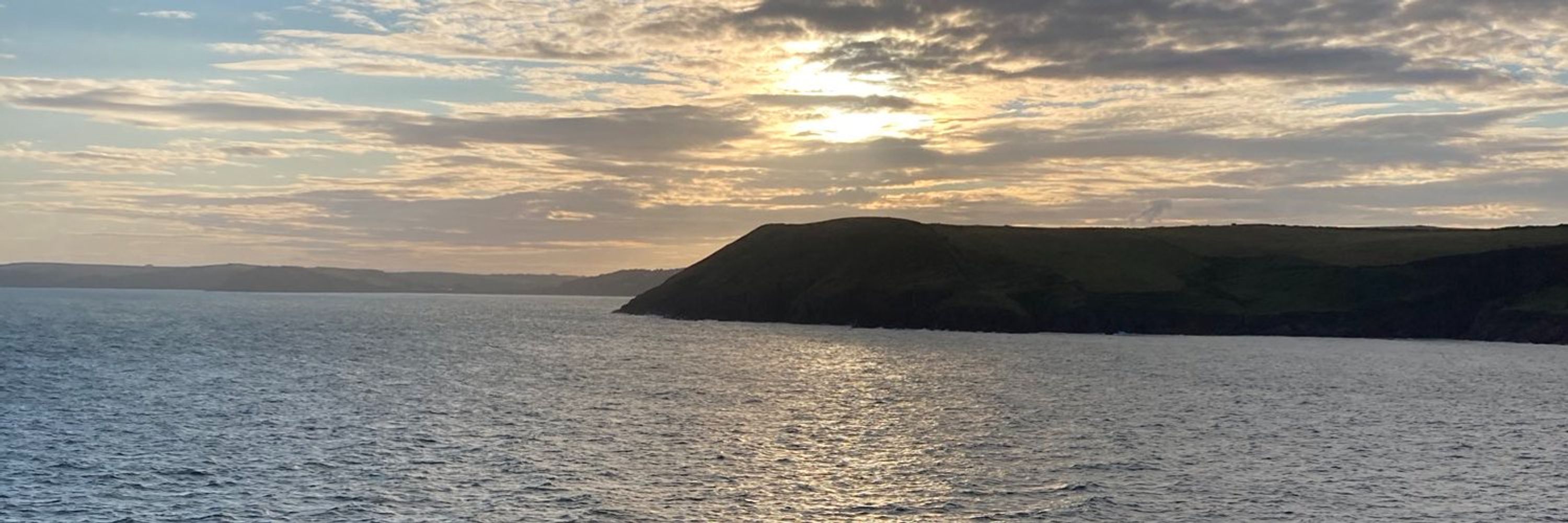
Palaeothaw.com & isowetlands.com
Multi-isotope analysis of bones, teeth, shells. 14C dating, palaeoproteomics, ZooMS, palaeoclimate, palaeoecology, Palaeolithic & prehistoric archaeology,

This is a MUST read for all archaeologists who include isotopes in their projects.
“The signal and the noise: inherent challenges for isotopic studies in bioarchaeology”
doi.org/10.1016/j.ja...
#stableisotopes
This is a MUST read for all archaeologists who include isotopes in their projects.
“The signal and the noise: inherent challenges for isotopic studies in bioarchaeology”
doi.org/10.1016/j.ja...
#stableisotopes
This is a MUST read for all archaeologists who include isotopes in their projects.
“The signal and the noise: inherent challenges for isotopic studies in bioarchaeology”
doi.org/10.1016/j.ja...
#stableisotopes
This is a MUST read for all archaeologists who include isotopes in their projects.
“The signal and the noise: inherent challenges for isotopic studies in bioarchaeology”
doi.org/10.1016/j.ja...
#stableisotopes
#archaeology #editor #journal
@royalarchinst.bsky.social
Please share to your networks! ✍️

#archaeology #editor #journal
@royalarchinst.bsky.social
Please share to your networks! ✍️
Sulfur as a proxy for identifying coast-inland human mobility in Northern Iberia during Late Prehistory
#stableisotopes
journals.plos.org/plosone/arti...

Sulfur as a proxy for identifying coast-inland human mobility in Northern Iberia during Late Prehistory
#stableisotopes
journals.plos.org/plosone/arti...
cam.ac.uk/stories/mexi...
science.org/doi/10.1126/...
@earthscicam.bsky.social

cam.ac.uk/stories/mexi...
science.org/doi/10.1126/...
@earthscicam.bsky.social
“Major excursions in sulfur isotopes linked to permafrost change in Eurasia during the last 50,000 years”
nature.com/articles/s4156…#stableisotopeses
Don’t forget to delve into the supplementary info!



“Major excursions in sulfur isotopes linked to permafrost change in Eurasia during the last 50,000 years”
nature.com/articles/s4156…#stableisotopeses
Don’t forget to delve into the supplementary info!
Wetland sulfur isotope signals and dynamic isotope baselines: implications for archaeological research
#stableisotopes
doi.org/10.3389/fear...


Wetland sulfur isotope signals and dynamic isotope baselines: implications for archaeological research
#stableisotopes
doi.org/10.3389/fear...
Are you interested in Cave Bears? If so then this might be the article for you!
This is the first study of the diet of a cave bear population from Serbia using stable isotope analysis. See thread below for our findings!
⬇️
www.tandfonline.com/doi/full/10....

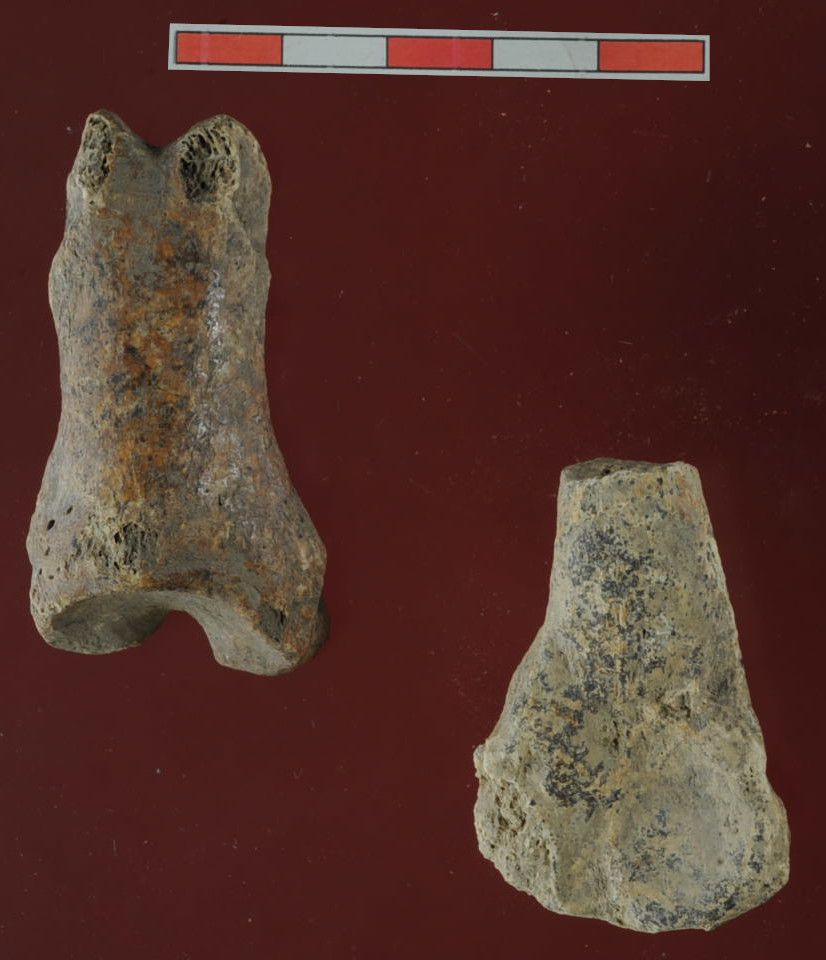
aslopubs.onlinelibrary.wiley.com/doi/full/10....
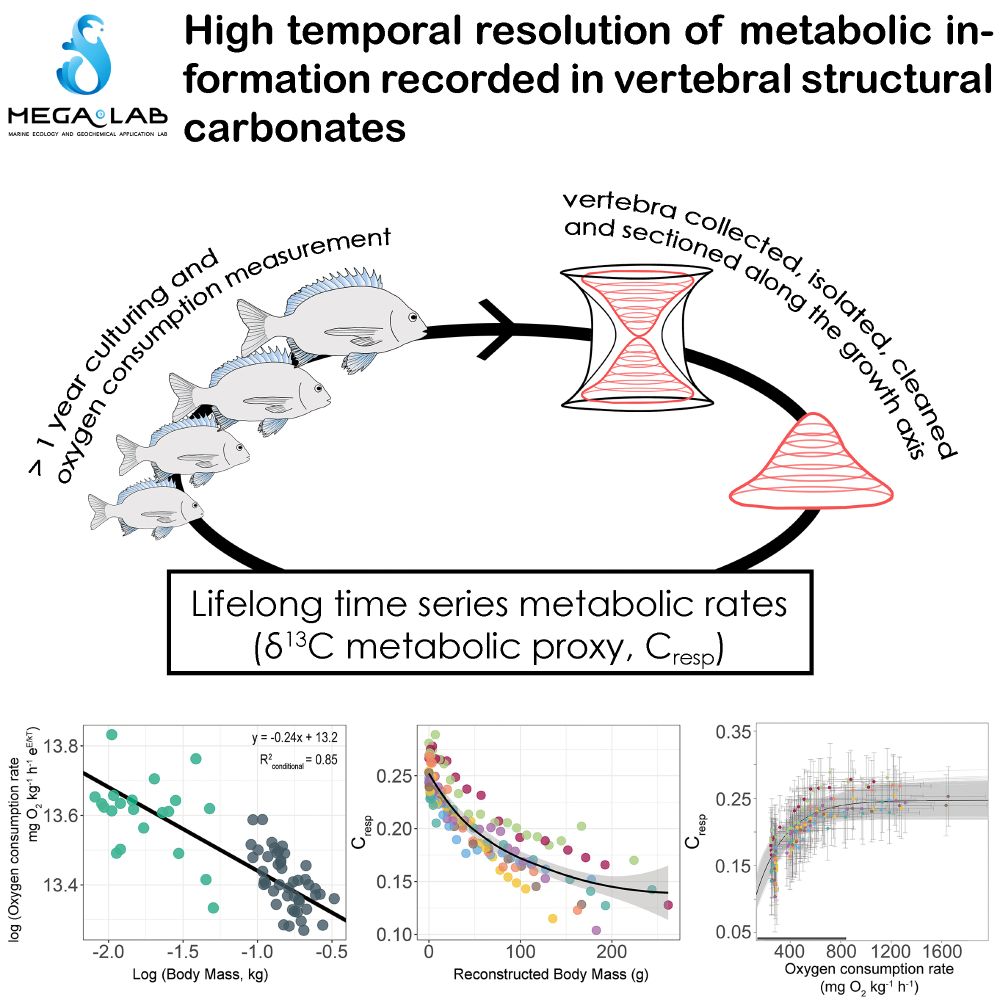
aslopubs.onlinelibrary.wiley.com/doi/full/10....
Margaux Depaermentier, Rhiannon Stevens @nannonstevens.bsky.social , et al
pubmed.ncbi.nlm.nih.gov/40612709/
Potential avenues for the integration and interpretation of archaeological isotope data into environmental studies.
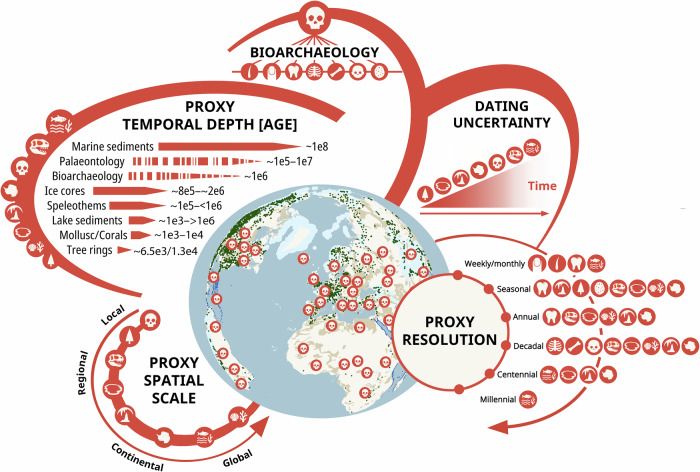
Margaux Depaermentier, Rhiannon Stevens @nannonstevens.bsky.social , et al
pubmed.ncbi.nlm.nih.gov/40612709/
Potential avenues for the integration and interpretation of archaeological isotope data into environmental studies.
The palaeoenvironmental potential of bioarchaeological isotope data
nature.com/articles/s4324…#stableisotopeses


The palaeoenvironmental potential of bioarchaeological isotope data
nature.com/articles/s4324…#stableisotopeses
#14Cdating #multi-isotopeanalysis #stableisotopes
www.sciencedirect.com/science/arti...


#14Cdating #multi-isotopeanalysis #stableisotopes
www.sciencedirect.com/science/arti...


Join me at Masaryk University as a postdoc researcher in human #bioarchaeology & #isotope analysis. Work on past mobility, diet & funerary practices using cutting-edge lab facilities.
⏳ Apply by 1 June 2025
📍Brno, CZ
🔗 euraxess.ec.europa.eu/jobs/339250

Join me at Masaryk University as a postdoc researcher in human #bioarchaeology & #isotope analysis. Work on past mobility, diet & funerary practices using cutting-edge lab facilities.
⏳ Apply by 1 June 2025
📍Brno, CZ
🔗 euraxess.ec.europa.eu/jobs/339250

